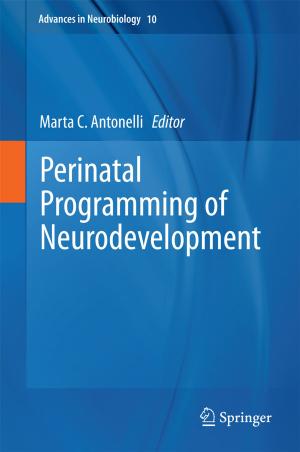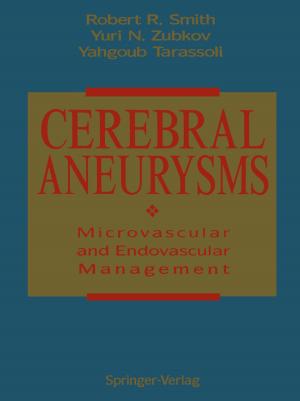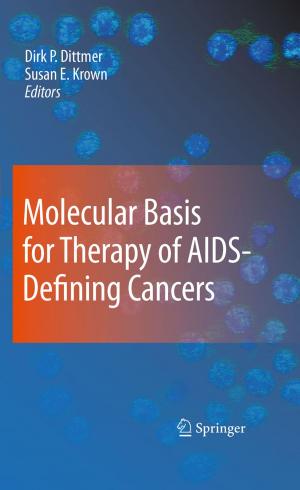Ecotoxicological Characterization of Waste
Results and Experiences of an International Ring Test
Nonfiction, Science & Nature, Technology, Environmental, Science, Biological Sciences, Environmental Science, Nature| Author: | ISBN: | 9780387889597 | |
| Publisher: | Springer New York | Publication: | April 9, 2009 |
| Imprint: | Springer | Language: | English |
| Author: | |
| ISBN: | 9780387889597 |
| Publisher: | Springer New York |
| Publication: | April 9, 2009 |
| Imprint: | Springer |
| Language: | English |
R. Wagner The European list of wastes (LOW) (Commission Decision 2000/532/EC and updates) is the basic foundation for the implementation of waste legislation in Europe. It contains a harmonized list of different types of waste and categorizes them according to their origin or generation process. It provides for a uniform description of wastes through the application of a uniform nomenclature and the assignation of certain waste code numbers, for example, in permits or for monit- ing purposes. It also labels those hazardous wastes that are subject to a number of special provisions in both European and national legislation, for example, with regard to monitoring, licenses for installations, and national obligations regarding giving notice and transfer of responsibilities. The Waste Catalogue Ordinance (AVV) transposed the European LOW into German legislation in late 2001. This ordinance encompasses 840 codes of waste in 20 main chapters, classifies 400 types of waste as hazardous, and contains mirror entries for about 200 types of waste. The latter term classifies waste either as hazardous or non-hazardous, depending on certain physical or chemical properties. The ordinance defines 14 hazard criteria (H criteria), including criterion H14 “ecotoxic,” in order to classify waste with regard to properties that render it hazardous. Unfortunately, the LOW is incomplete. Depending on the classification of h- ard, specific concentrations of solids are laid down for the majority of properties relevant for health and workers’ protection.
R. Wagner The European list of wastes (LOW) (Commission Decision 2000/532/EC and updates) is the basic foundation for the implementation of waste legislation in Europe. It contains a harmonized list of different types of waste and categorizes them according to their origin or generation process. It provides for a uniform description of wastes through the application of a uniform nomenclature and the assignation of certain waste code numbers, for example, in permits or for monit- ing purposes. It also labels those hazardous wastes that are subject to a number of special provisions in both European and national legislation, for example, with regard to monitoring, licenses for installations, and national obligations regarding giving notice and transfer of responsibilities. The Waste Catalogue Ordinance (AVV) transposed the European LOW into German legislation in late 2001. This ordinance encompasses 840 codes of waste in 20 main chapters, classifies 400 types of waste as hazardous, and contains mirror entries for about 200 types of waste. The latter term classifies waste either as hazardous or non-hazardous, depending on certain physical or chemical properties. The ordinance defines 14 hazard criteria (H criteria), including criterion H14 “ecotoxic,” in order to classify waste with regard to properties that render it hazardous. Unfortunately, the LOW is incomplete. Depending on the classification of h- ard, specific concentrations of solids are laid down for the majority of properties relevant for health and workers’ protection.















